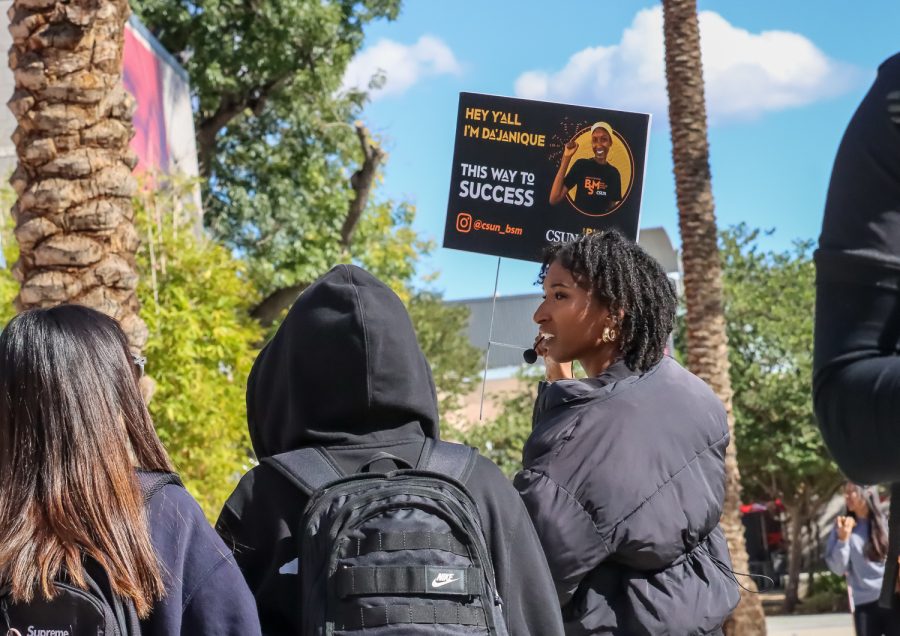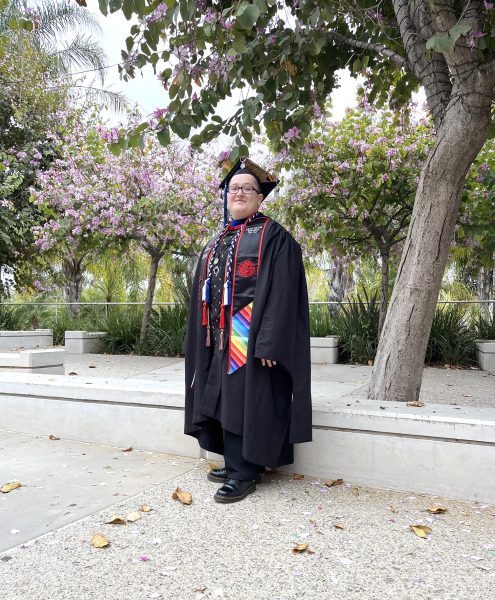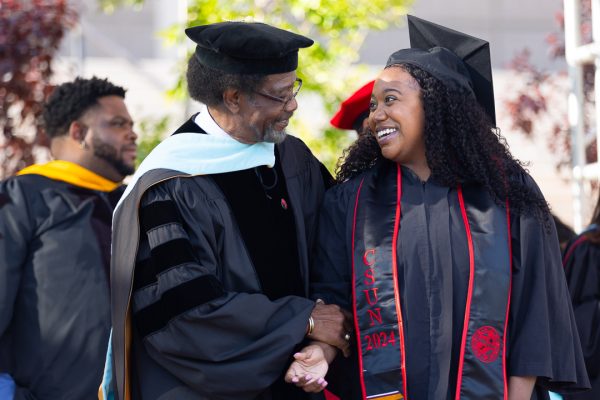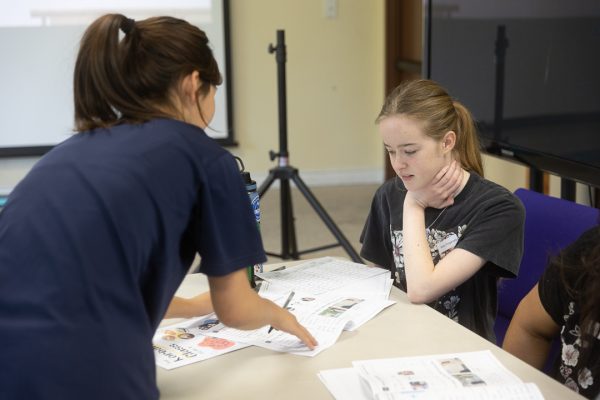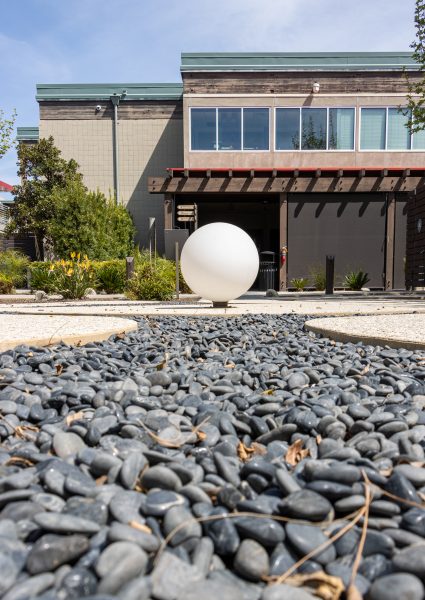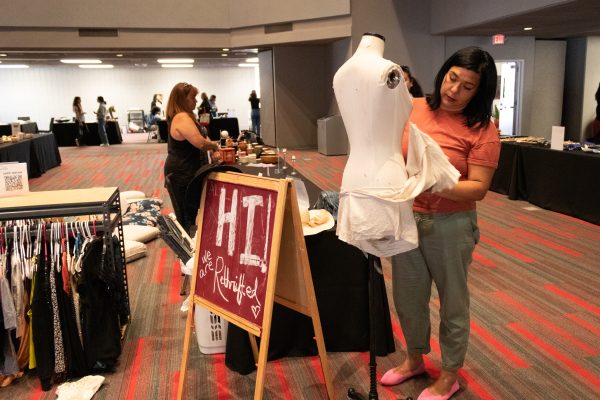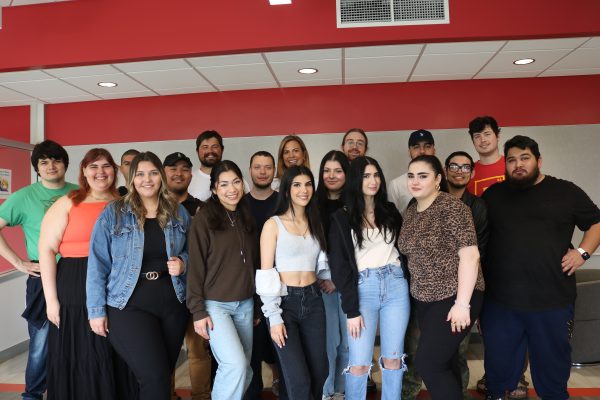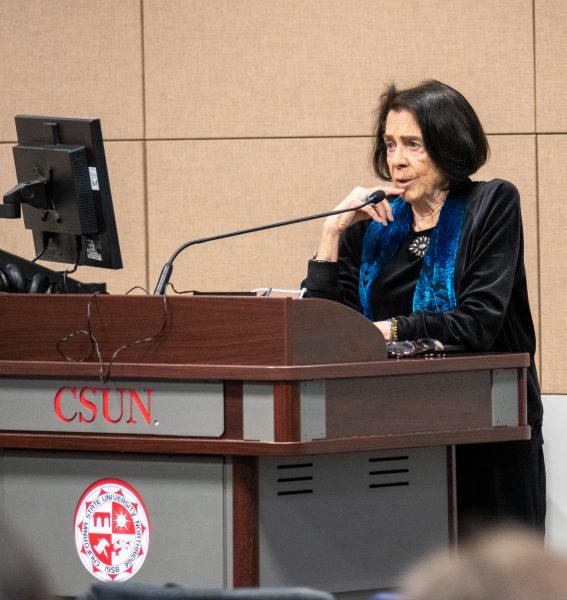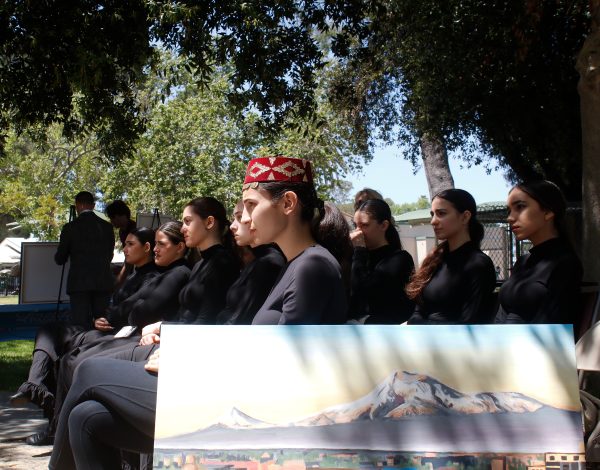Black Scholars Matter strives to increase Black enrollment
December 9, 2022
Black enrollment at the state university system peaked at 26,193 in 2008, but since then, about 7,000 fewer Black students have been enrolled at California State University, according to the California Faculty Association.
As the end of the semester approaches, the focus of opening campus up to high school students that may be applying has become a priority for many organizations throughout CSUN.
The Black Scholars Matter program led Hamilton High School and Taft High School students on tour through campus along with their partners, the Africana Studies Writing Center, the Oasis Wellness Center and the Student Recreation Center. The event held on Nov. 9 from 10 a.m.-2 p.m. by the BSM program had a mission of aiming to enhance the pipeline of college-going students who are committed to advancing racial equity and Black culture at CSUN.
Creative media editor for the BSM program, Patrick Anderson, assisted in putting together the event to inform high school students that they would have a decent support system on campus.
“Black students make up roughly less than 10% of the applicant rate, but they are within 50% of the dropout rate,” Anderson said.
With the BSM program launching this year and currently consisting of only 11 students and five faculty members, the goal is to grow the support and enrollment of Black students across campus.
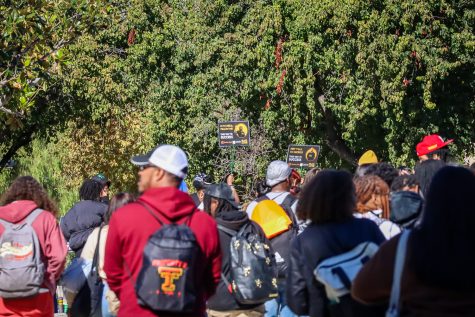
“A big part of why kids drop out is because they feel alone,” Anderson said. “I felt alone even just a few weeks ago, so as freshmen, they need this.”
From College Factual’s demographics and diversity report on CSUN, only 4.9% of students are Black on CSUN’s campus. Hispanic students make up 52.9%, and white students make up 19.3% of the campus population.
Funded through the Diversity & Equity Innovation Grant, the BSM program expands the university’s Bridge to the Future program, providing workshops for personal growth, academic development, tutoring and mentorship. The program also offers students physical support through outdoor activities.
Anderson mentions that the way to enhance Black students’ experience at CSUN is to tend to the basics of finding people that they feel comfortable around.
“They feel unsupported within the CSUN system because you come to this institution, a predominantly Hispanic institution, so there’s that culture shock at first,” Anderson said. “But then once you have gotten over all of that, then it’s like, ‘Where are my people?’ I even went through because the financial support and the support of my own experience was lacking.”
The tour demonstrated to high school students how the university would support them throughout their college journey by taking them to the Africana Studies Writing Center, Oasis Center, and Student Recreation Center.
The tour paused when they stopped for a lunch break in the Thousand Oaks room at the University Student Union. While students ate free sandwiches and chips, campus partners and Black student organizations presented slideshows of what their programs offer. CSUN Vice President for Student Affairs William Watkins had a chance to share his passion for Black student success.
“This isn’t just a ‘keep people enrolled’ moment here, we are thinking about Black student success,” Watkins said. “Our institution is really leaning in to make sure we do our parts and make sure Black students have an opportunity for success through this institution.”
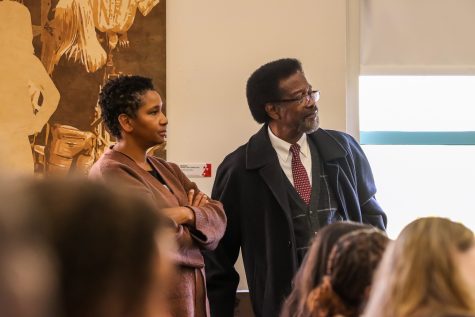
While receiving community engagement hours for the semester, students played a huge part in preparing for the event, from coming up with ideas to engage with high schoolers to greeting them the moment they walked through the door.
“We worked collaboratively with our BSM scholars in the planning process,” student Da’Janique Demery said. “They brainstormed ideas from a student’s perspective of what the tour should look like and had the opportunity to speak publicly in front of Black high school students during the tour.”
Professors played a part in introducing high school students to the different opportunities offered to them if they attended CSUN. Department Chair Marquita Gammage encouraged students to consider majoring or minoring in Africana studies.
“We really want to foster a sense of belonging for students here on campus,” Gammage said. “So whether students take courses with us because they meet the general education requirements or graduation requirements, what they end up doing is finding a home in Africana studies.”
The amount of outreach in hopes of supporting current and future students may reflect on the future statistics of diversity on campus. While there are multiple steps to becoming a part of BSM, the goal is for the program to continue to grow.
According to their website, to be eligible for the BSM program, students must attend and graduate from one of the three partner high schools: Birmingham, Hamilton or Taft. Students must also be admitted to CSUN, submit a portfolio and go through the interview process held by the BSM team.
